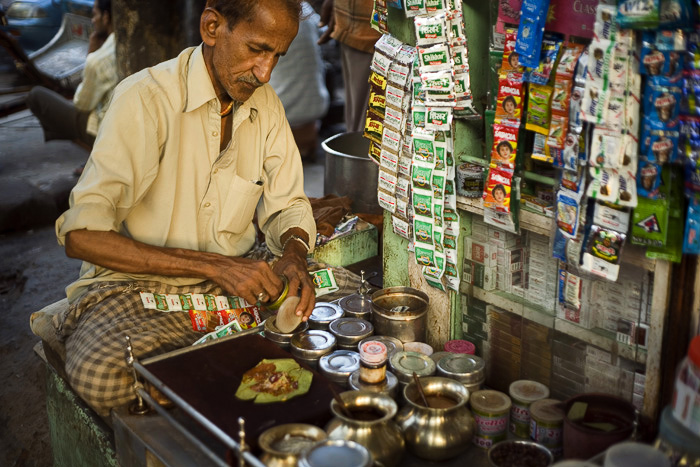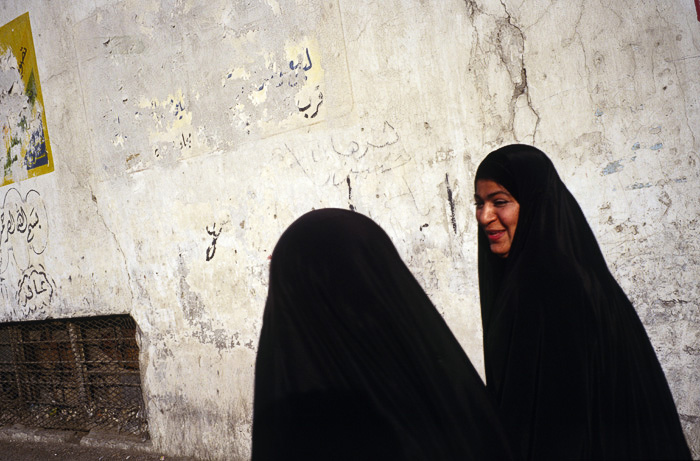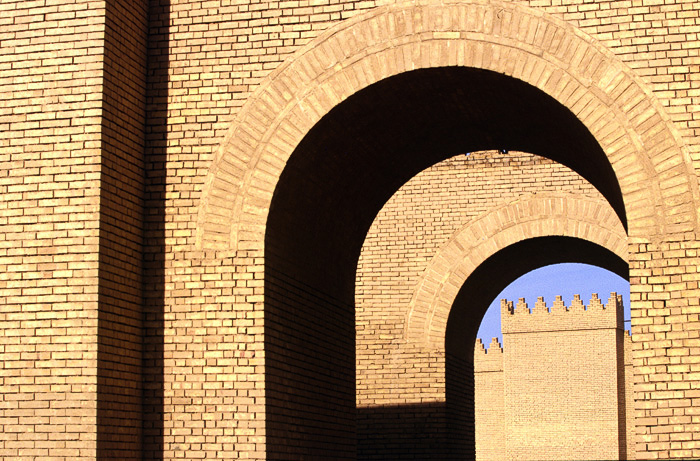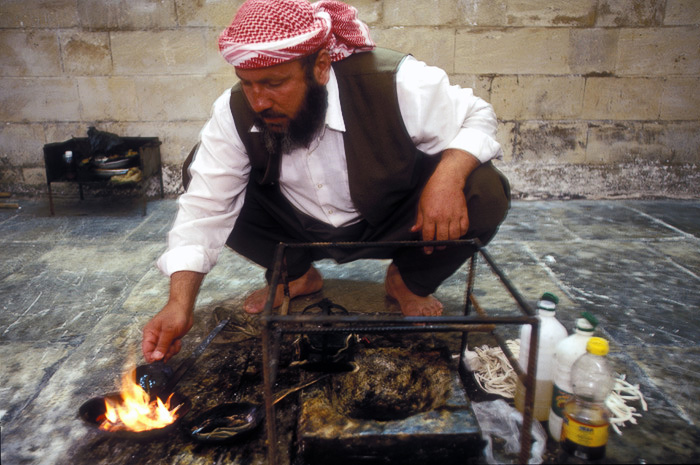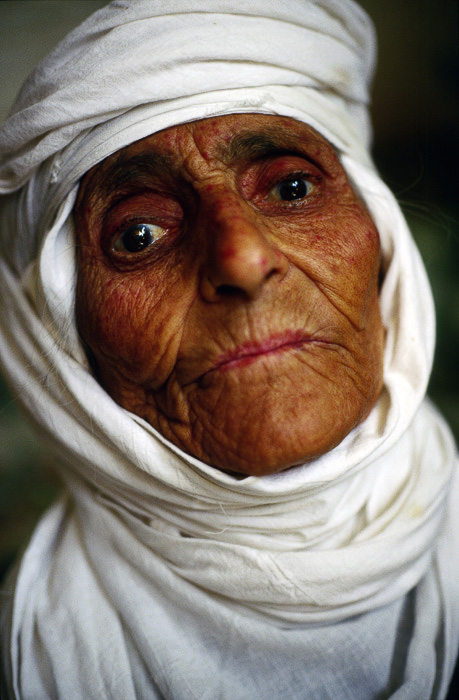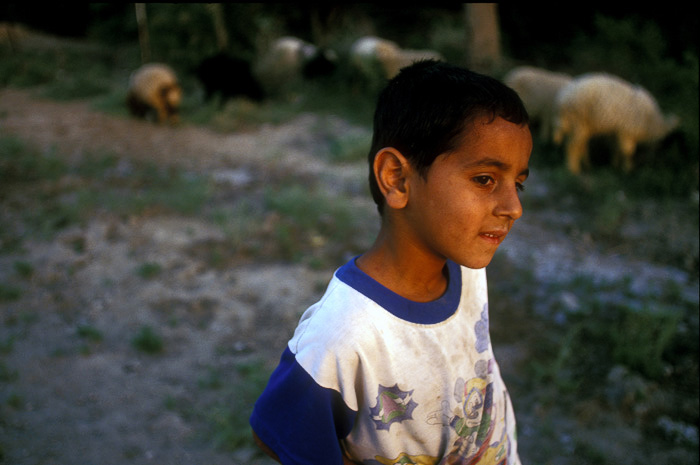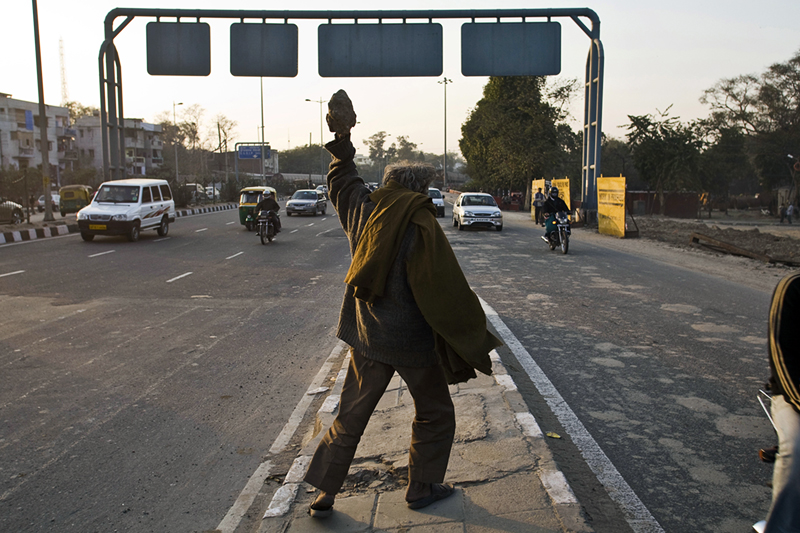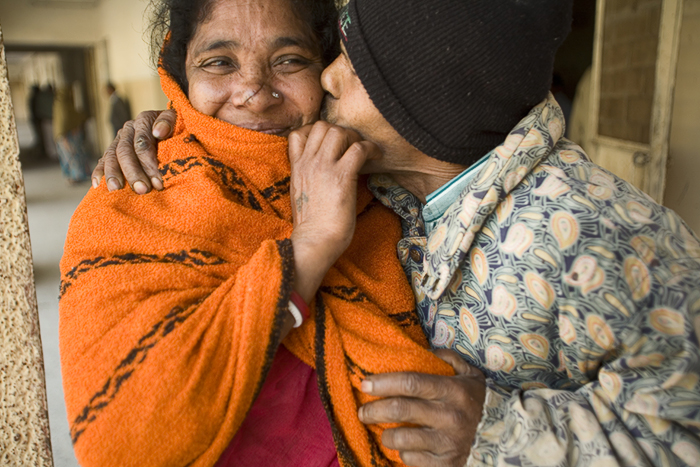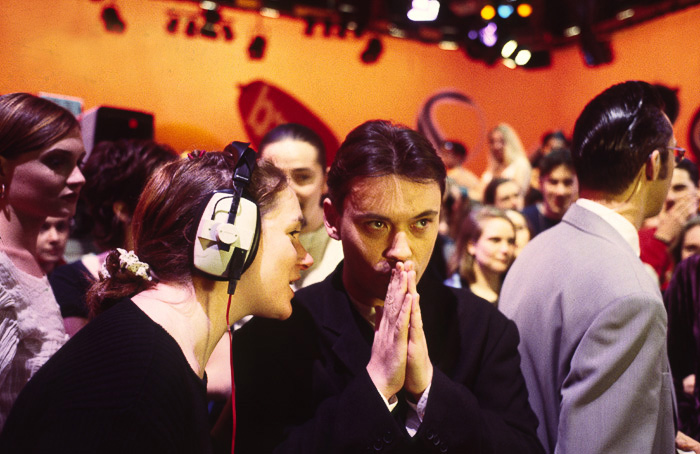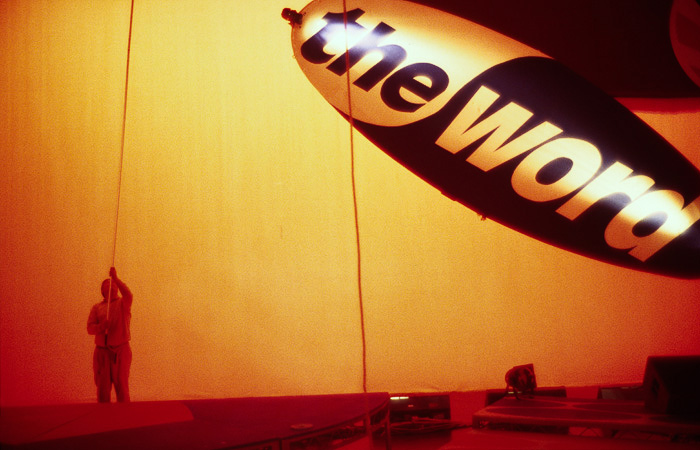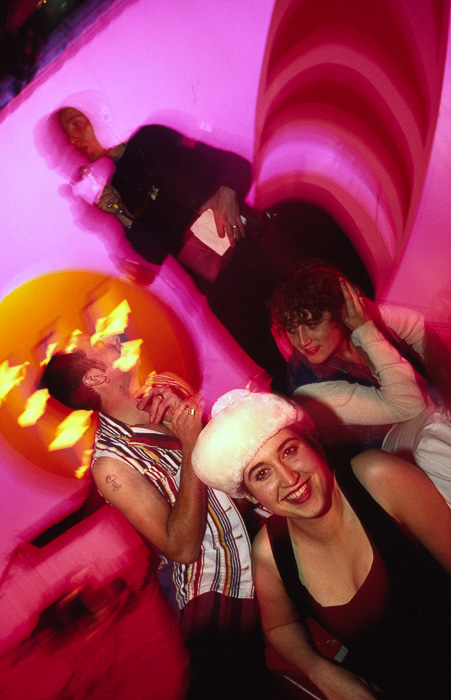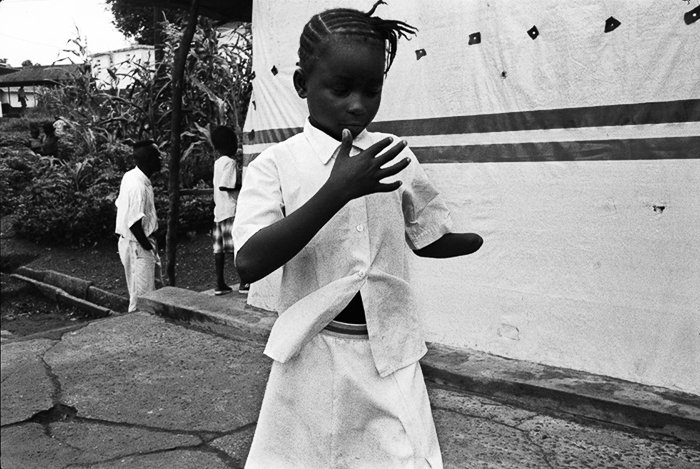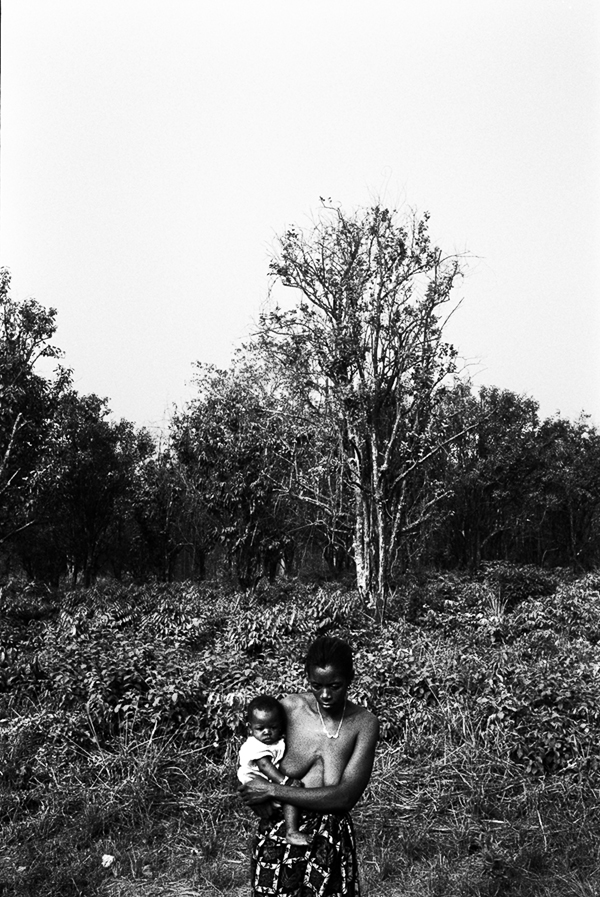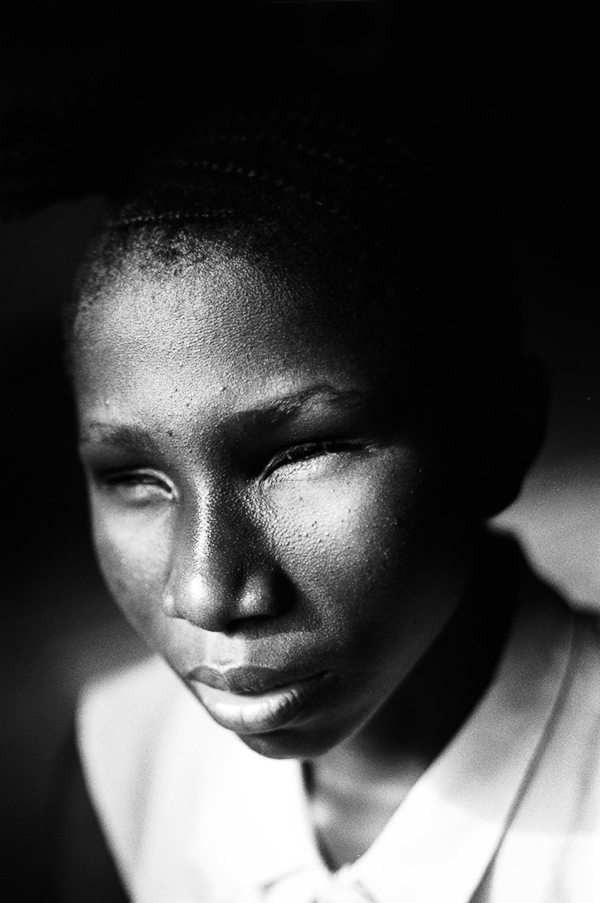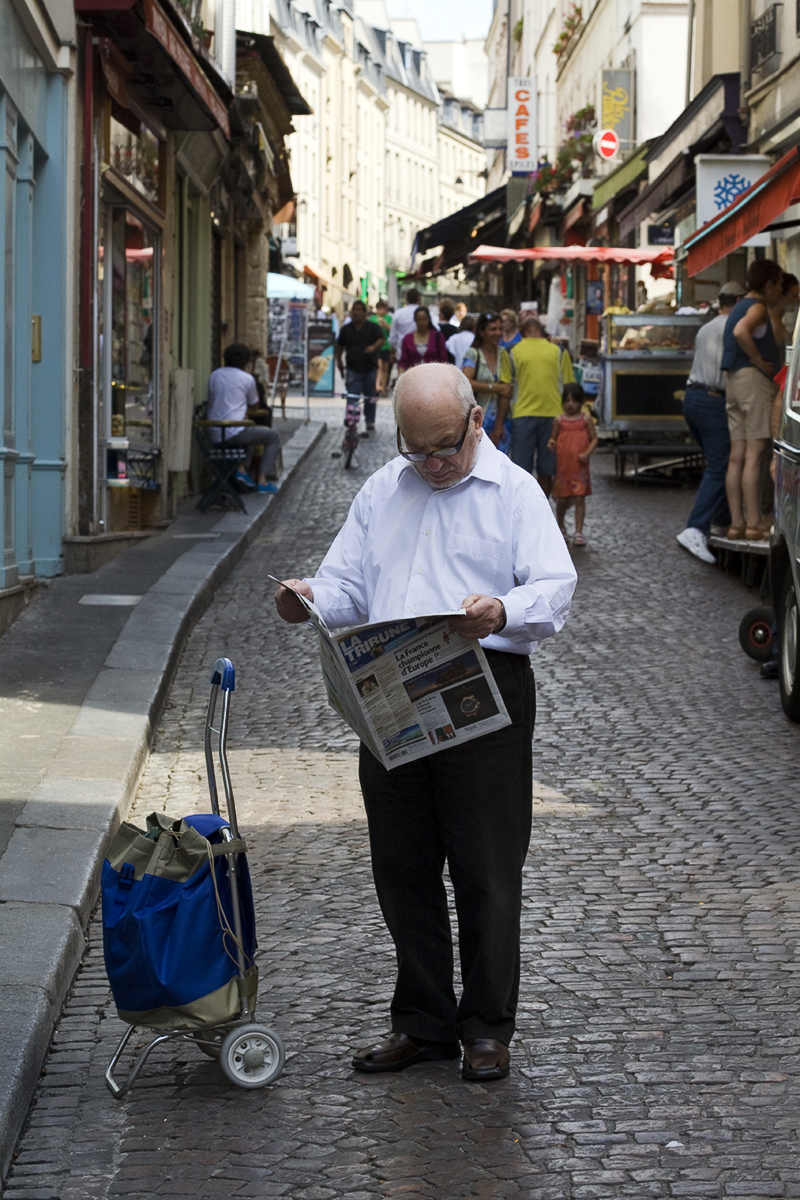I was saddened but entirely unsurprised to see in a recent BBC report that Delhi’s excellent street hawkers were being evicted before the Commonwealth Games. With grinding monotony it seems that vegetable sellers, cobblers, presswallahs, hawkers and other undesirables that the city depend on are being moved off – often despite applying for licenses that never come.
According to the National Association of Street Vendors, Delhi has something like 350000 hawkers that sell their wares on the streets. Most live a hand-to-mouth existence and, if they are the main breadwinners in families of perhaps five people, the economic fallout from a large section of Delhi’s working class will be enormous.
The streetwallah’s plight follows Delhi’s drive to evict as many beggars and ‘undesirables’ from the city as it can. Andrew Buncombe’s piece for the Independent here is worth reading.
Earlier this year I read a fascinating book, Trickster City; an anthology of writings from the ‘belly of the metropolis’ by young, working class writers dealing with slum life and eviction. A voice rarely heard – an almost Dickensian cityscape rarely seen by Westerners and desperate to be hidden by the State authorities.
The irony is that many countries celebrate their street culture – especially food – and make them a tourist attraction: one has only to think of Singapore and Vietnam. Delhi’s depressing desire to imitate a corporate driven monoculture is certain to lead to a lessening of the city’s heritage.
My images start with Kishori Lal and his family. Lal, a tailor from Rajasthan, set up his little stall outside the wall of a ‘big man’ twenty two years ago. He takes up the story: “There was no footpath here then. The tree that you see on the footpath is standing on a narrow strip of land between two sewage lines that run underneath. I asked the maali (gardener) to plant it there and got
the sapling for him. If I have any trouble, the Saheb helps me out. After so many years here, like this tree I have also taken roots in Delhi. But who belongs to this place? Even the sahibs are from outside.”

